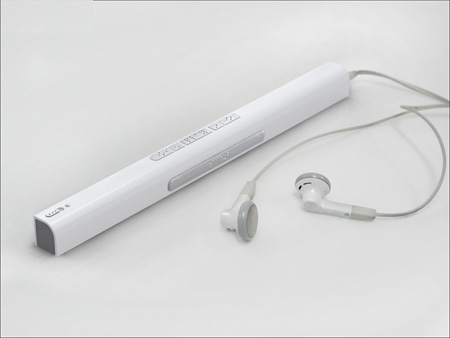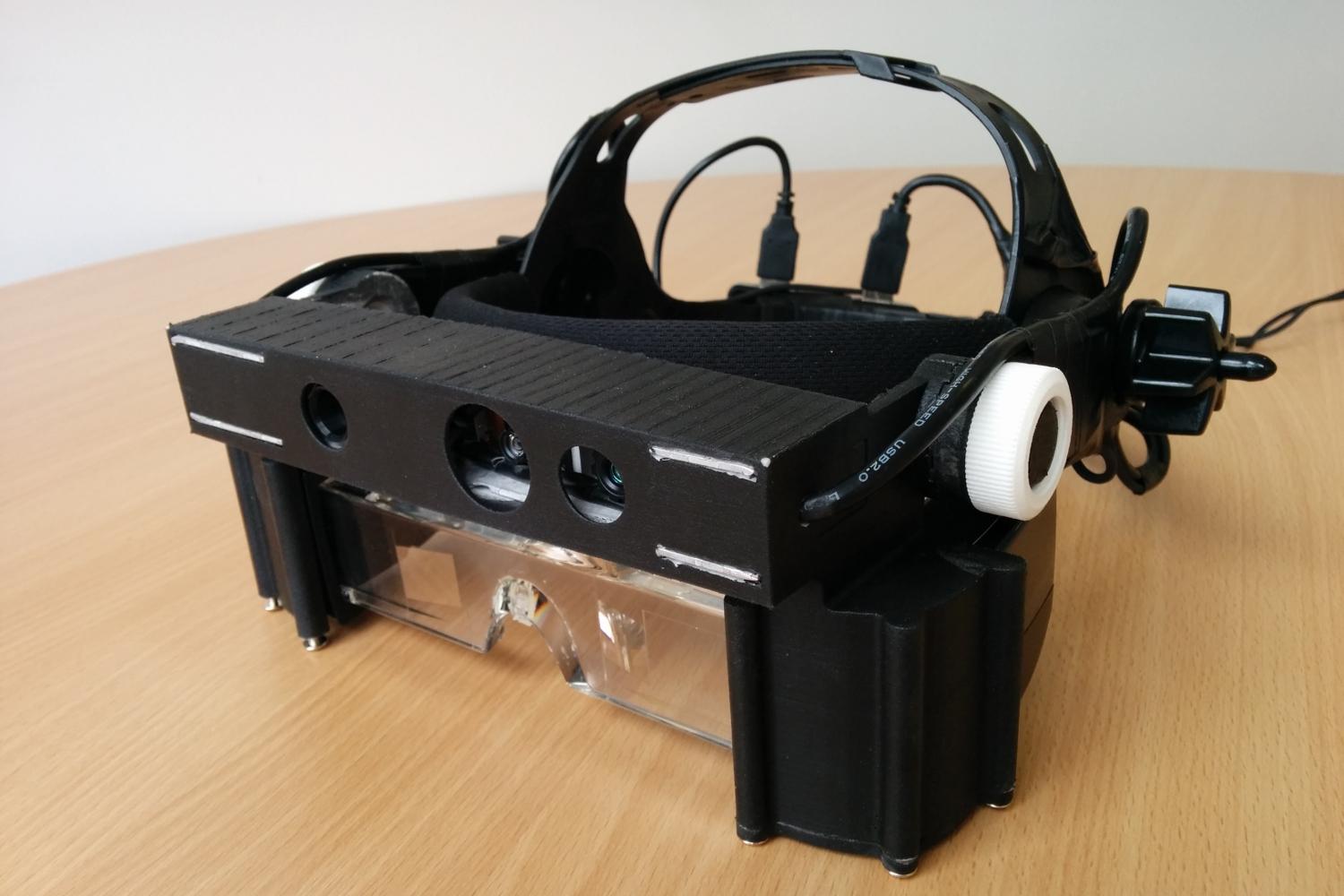Braille Displays and Notetakers: Key Tools for Learning and Work
Wiki Article
Empowering Independence With Assistive Modern Technology for the Blind
The integration of assistive modern technology right into the lives of people with aesthetic impairments stands for a considerable innovation in promoting independence and self-sufficiency. From cutting-edge screen viewers to advanced clever canes, these devices not only enhance daily navigating and communication but additionally encourage customers to involve meaningfully in different facets of life. As we discover the myriad advantages and real-world applications of these modern technologies, it comes to be crucial to take a look at the hidden elements that add to their effectiveness and the possibility for future developments in this vital field.Introduction of Assistive Modern Technology

The advancement of assistive modern technology is based in principles of inclusivity and empowerment. Technologies in software application, equipment, and sensory enhancements provide customers with alternatives tailored to their particular demands. From screen readers that convert message to speech, to tactile devices that convey details with touch, these tools change the method people involve with their surroundings.
Along with sensible applications, assistive technology promotes better social incorporation and involvement in various fields, consisting of education and learning and work (Mobility aids for visually impaired users). As r & d remain to develop, the possibility for assistive innovation to better improve the lives of visually damaged people stays appealing, leading the way for a more fair society where everyone can flourish
Types of Assistive Tools
A variety of assistive devices have arised to sustain people with visual impairments, each made to fulfill certain needs and boost day-to-day performance. These gadgets range from low-tech remedies to sophisticated developments, supplying diverse options for users.Low-tech tools include magnifiers and large-print materials that assist in analysis and writing. Braille tools, such as Braille slates and stylus pens, allow responsive analysis and interaction. Positioning and flexibility aids, like white canes, help users browse their atmosphere safely.
On the greater end of the spectrum, digital zoom systems and screen visitors provide significant support. Digital magnifiers enable individuals to enlarge text and pictures on screens, while screen visitors convert digital material right into synthesized speech, assisting in access to info on mobile phones and computer systems.
Mobile phone applications additionally play a crucial duty, providing attributes like text acknowledgment and navigation help. Wearable modern technology, such as smart glasses outfitted with augmented fact, is becoming a promising tool to boost situational recognition.
Benefits of Assistive Innovation
The combination of assistive technology significantly improves the quality of life for individuals with aesthetic problems. These technologies empower users by promoting independence, allowing them to browse their environments better and execute daily jobs with higher ease. For example, display readers and magnification software program enable individuals to access digital information, fostering educational and expert chances that may have formerly been out of reach.Additionally, assistive tools such as smart canes and general practitioners applications offer real-time navigation aid, improving movement and safety. This boosted autonomy not only boosts self-confidence but likewise urges social engagement, enabling users to take part more fully in their communities.
Assistive modern technology additionally assists in interaction, helping users get in touch with others through voice acknowledgment and text-to-speech applications. This ability is important for maintaining connections and accessing vital details.
Additionally, the customization choices offered with numerous assistive modern technologies ensure that customers can customize tools to their particular demands, better boosting use and efficiency. On the whole, the benefits of assistive modern technology for people with visual problems are extensive, promoting an extra comprehensive society where every person can seek their objectives and aspirations.
Case Studies and Success Stories
Highlighting the transformative effect of assistive innovation, various study highlight how people with aesthetic problems have actually successfully incorporated these tools into their lives. One engaging example includes an university trainee who used display analysis software program to browse academic materials and online resources effectively. This innovation not only facilitated her education and learning however also improved her self-confidence in joining discussions and group projects.One more situation research study includes an expert who utilizes a mobile phone application created for navigation and object acknowledgment. By utilizing this app, he has regained freedom in both his personal and work atmospheres, allowing him to commute separately and involve with colleagues better.
Furthermore, a senior citizen shared her experience with braille e-readers, which allowed her to access a substantial range of literary works and stay gotten in touch with her neighborhood with book clubs.
These success stories emphasize the important role of assistive innovation in fostering freedom, boosting top quality of life, and advertising social integration for individuals with visual disabilities (Voice-activated assistive devices). By embracing these innovative tools, users can get over challenges and seize possibilities that contribute to their individual and specialist fulfillment

Future Patterns in Assistive Technology
Development in assistive innovation is positioned to redefine the landscape of assistance for individuals with aesthetic problems. Emerging patterns stress the integration of synthetic intelligence (AI) and device learning, which improve the performance of devices that help with navigating and information ease of access. For example, AI-driven applications are currently efficient in translating visual data in real-time, allowing customers to involve with their environment extra individually.In addition, the growth of wearable innovation is progressing quickly. Smart glasses furnished with increased reality (AR) can supply audio descriptions of environments, changing exactly how individuals connect with public spaces. These devices not only promote autonomy however additionally foster social incorporation.
In Addition, the Web of Points (IoT) is making homes smarter, allowing for seamless connectivity between assistive gadgets and everyday appliances. This connectivity encourages individuals by allowing voice-activated controls and automatic feedbacks tailored to private demands.
Final Thought
To conclude, assistive innovation plays Wearable technology for low vision a pivotal duty in equipping individuals with visual impairments by enhancing their self-reliance and involvement with their surroundings. The varied variety of tools and applications offered not only facilitates navigation and communication yet likewise advertises social combination and possibilities for individual and specialist growth. As improvements continue in this area, the capacity for boosting the lifestyle for those with visual disabilities will certainly increase, promoting higher autonomy and empowerment.
Report this wiki page